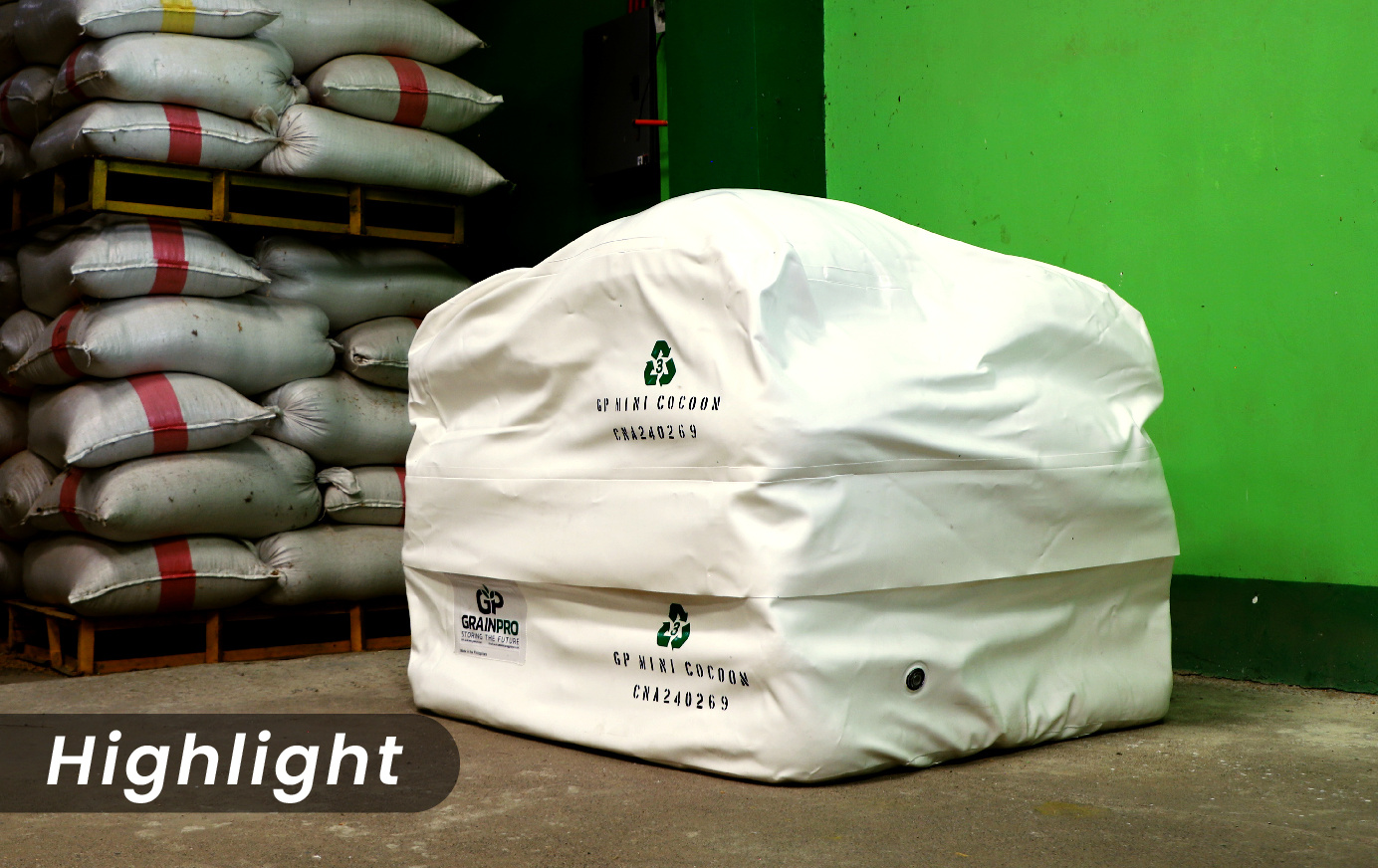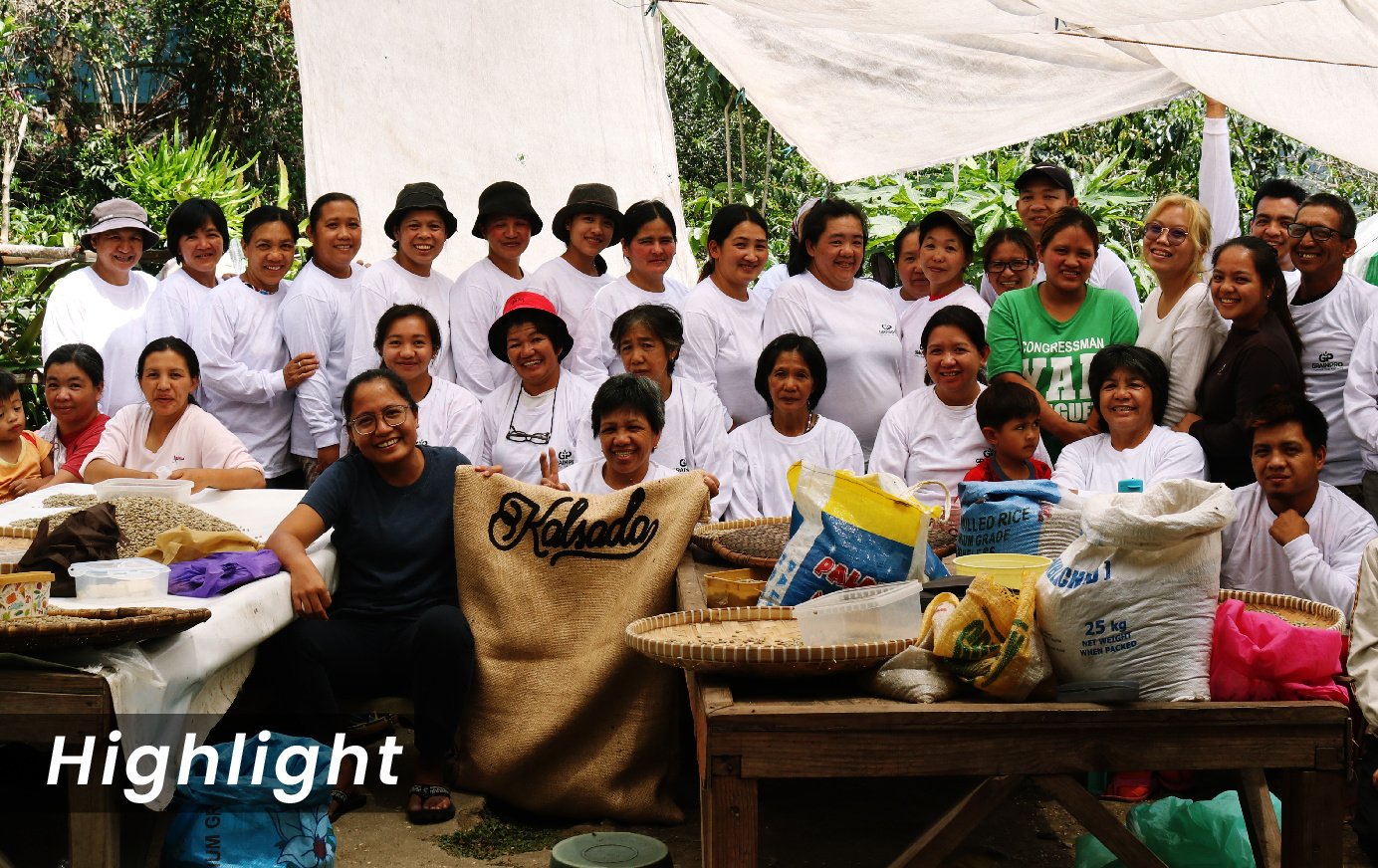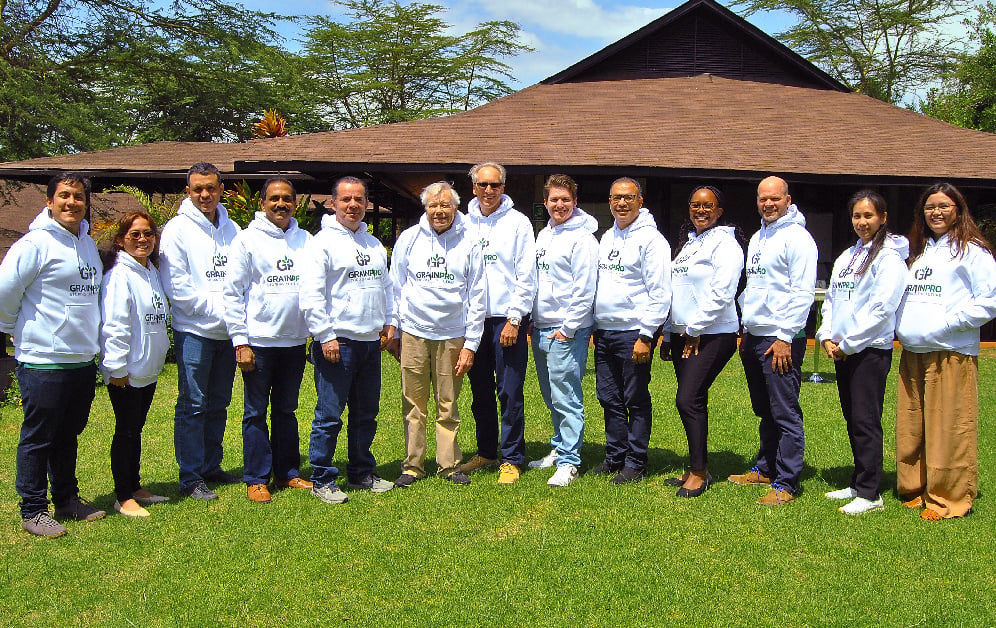With hard-to-resist flavors that bring feelings of warmth and happiness, chocolate is truly a wonderful treat from the beans of Theobroma cacao – deservedly meaning "food of the gods."
As we know, chocolate has its journey through a long process, from the tree to our favorite chocolatiers and stores. Despite being dubbed a heavenly creation, the source of chocolates, cocoa beans, has numerous weaknesses to overcome throughout cocoa processing. One of these hurdles is moisture.
Since moisture directly affects the quality of cocoa beans, maintaining an ideal moisture level is a delicate venture yet necessary during cocoa processing. Lack of moisture results in low-quality, fragile, and uneven-sized cocoa beans that are hard and costly to process. On the other hand, excess moisture results in disgustingly rancid cocoa flavors, and worse, it can also promote mold growth.
Risks of Mold Growth
Thriving in moisture, molds indicate a mishap within cocoa processing – starting from fermentation onwards. More often than not, molds are a huge factor that can raise free fatty acid (FFA) levels, resulting in off-putting rancidity. While moldy flavors are already far from good quality, cocoa products, which are mold-contaminated, also pose serious health risks.
Many molds that affect food commodities, including cocoa beans, can produce mycotoxin, a naturally occurring toxic substance capable of causing diseases when ingested. There are hundreds of identified mycotoxins. Cocoa beans are commonly affected by two mycotoxins: aflatoxins and ochratoxin A.
Among the most poisonous mycotoxins are aflatoxins, produced by certain molds in the genus Aspergillus. Aflatoxin exposure can result in nausea, vomiting, and abdominal pain. When ingesting large amounts, aflatoxins can cause acute poisoning to life-threatening liver damage. Consistent and long-term consumption may also damage cell structures, leading to stunted growth in children and more severe conditions like cancer.
Ochratoxin A is a common mycotoxin produced by certain strains of Aspergillus and Penicillium molds. High levels of this mycotoxin usually stem from improper handling during drying and storage. Nephrotoxicity is the main trait of ochratoxin A, which causes severe kidney damage in animals. While its effects on humans are less characterized, it is suspected to cause kidney issues. Ochratoxin A is also classified under 2B, a possible carcinogen, by the International Agency for Research on Cancer (IARC).
Cocoa Vs. Molds
With its adverse effects, it is no surprise that mold growth translates to losses in both cocoa quantity and quality. Losses due to mycotoxins are, in fact, more inevitable than before with the new regulation implemented by the European Union at the start of 2023.
As one of the now-regulated products, cocoa powder has a new maximum limit for acceptable ochratoxin levels. Thus, inhibiting mold growth when processing cocoa is also even more crucial than ever. Now we are left with the question: how can we win against molds?
According to the World Health Organization (WHO), most mycotoxins are chemically stable and can survive throughout food processing. Since mycotoxins form from improper post-harvest handling, implementing better practices and solutions may be the key to preventing mold growth that produces these toxic substances in the first place.
Mold prevention can start with properly drying cocoa beans. Proper drying involves slow-drying the cocoa beans to finish all the necessary reactions for cocoa bean flavor while bringing the moisture level down to the ideal 7%. Sun drying is the most traditional and commonly used method to achieve this.
However, sun drying can expose cocoa beans to external factors, including contaminants and excess moisture from sudden rains. These external factors can promote unwanted mold growth and its hazards. Thus, extra care and attention are crucial during sun drying. One simple yet effective practice is opting for weather-resistant drying solutions to protect against erratic changes.
Inhibiting mold growth does not end with drying, as it extends far beyond the storage and transport of cocoa beans. Fortunately, hermetic technology is readily accessible for cocoa post-harvest processing. This innovative technology utilizes airtight barriers to block air and moisture exchanges, creating a modified atmosphere unable to support life without needing additional chemical substances.
With the ability to maintain a relatively stable and safe environment, hermetic technology can preserve cocoa beans while preventing factors contributing to mold growth. A great example of hermetic technology is the GrainPro® Hermetic Bag Premium™, a storage and transport solution. Mainly used as an inner protective liner for jute bags, this hermetic solution can prevent moisture and temperature changes from affecting cocoa beans during long periods of storage or travel.
Winning against hazardous molds is always a possibility with proper post-harvest practices. Utilizing weather-resistant and hermetic solutions can ensure that even vulnerable cocoa beans can win against mold growth and its effects, resulting in great-quality and safe cocoa products for everyone to enjoy!
Protect and safely preserve your cocoa beans with the help GrainPro’s reliable post-harvest solutions. Learn more by clicking on the button below.
Date Published: October 1, 2024




